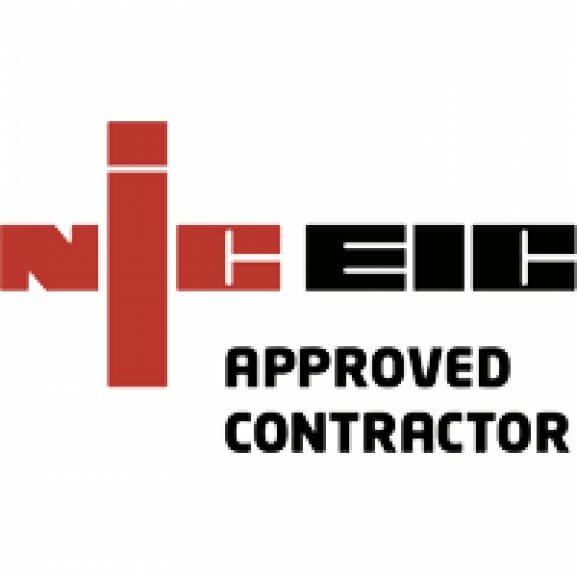(1). The Future Homes Standard will happen in two stages. The full set of standards will come into effect in 2025, while the Part L Uplift element – which will deliver a 31% improvement on current sustainability and energy efficiency standards over 2013’s building regulations – will take effect from 1st June 2022.
(2). This target applies on a per-plot basis, rather than the development site as a whole. The next 12 months will therefore be a critical time for housebuilders, and with just over a year until the Part L Uplift comes into practice, preparation will be key.
(3). Developers must now consider four key metrics. 1) Option 2 of the Part L Uplift, 2) the new Primary Energy part of that uplift (the overall efficiency of dwellings including upstream energy uses, power station efficiencies and fuel transportation), 3) Fabric Energy Efficiency (a fabric-first approach) and 4) Minimum Standards for fabric and fixed building services, including updated minimum values for thermal elements, boilers, heat pumps, cooling systems and lighting.
(4). Fabric is the key to any potential Part L solution. It’s the base developers must build from to achieve the 31% improvement, coupled with technologies such as smart control heaters, ground and air source heat pumps, solar PV and gas bolt-on technologies. Many developers are also exploring wastewater heat recovery pipes, flue gas heat recovery and PV top ups.
(5). Local authorities can ask for additional standards. With this in mind, developers must carefully examine how building policies are worded in their relevant local authority, to ensure they select the right solution. Look at things like: will they change their Local Plan? Do they expect a 20% improvement over and above the Part L Uplift? Will the renewable technologies used to meet new regulations be allowed to contribute towards planning requirements?
(6). ‘As Built’ checks will become essential. As part of the new regulations, homeowners must receive a Building Regulations England Part L (BREL) compliance report. This report will show homeowners exactly how their Energy Performance Certificate (EPC) is calculated, incorporating all SAP outputs as well as providing photographic evidence.
(7). DNOs must significantly increase network capacity. England’s decarbonisation plan will mean thousands of heat pumps, solar arrays and EV chargers will all need to be connected to the grid. The UK’s distribution networks were designed to supply homes mainly heated by fossil fuel-burning boilers, and cables and transformers have limited capacities according to what they were designed to supply, so if a new housing development exceeds the remaining capacity of the network, it’ll be a problem. Therefore, it will be essential for DNOs to increase capacity to meet demand.
(8). Early indicators suggest 80% of developers will take the same approach. It seems that the vast majority of housing developers will take the fabric improvement route, with wastewater systems, gas bolt-ons and a solar PV solution to achieve Part L compliance. Depending on house types and sizes, most developers will be looking at a 2-3kw PV system per plot.
(9). There will be a cost for those who delay. Some developers may seek to push back the impact of Part L by and commencing footings before June 2022 to minimise the number of plots affected. However, the risk of what they believe to be the extra cost of Part L compliance will almost certainly be offset by the cost of leaving it too late. With solar PV (as well as heat pumps and other technologies) in growing demand, the supply chain could be pushed beyond its limits. There won’t be enough installers to go round, PV panels could be in short supply and suppliers will simply stop taking orders. The earlier developers adopt and implement their Part L solution, the easier it will be for the supply chain to invest, catch up and ensure a smooth transition.
(10). Choosing the most cost-effective renewable technology will be critical. An air source heat pump, which costs around £4,000, may meet carbon targets, but running costs and EPC ratings will only remain low if the homeowner uses the system properly. Typically, most people tend not to accept that heat pumps run at a lower temperature and keep turning it up, which will inevitably make them costlier to operate. Solar PV, at £2,500 for a typical system, may be much more cost-effective. Equally, a communal battery on a new development will be far more cost-effective than per-property.






